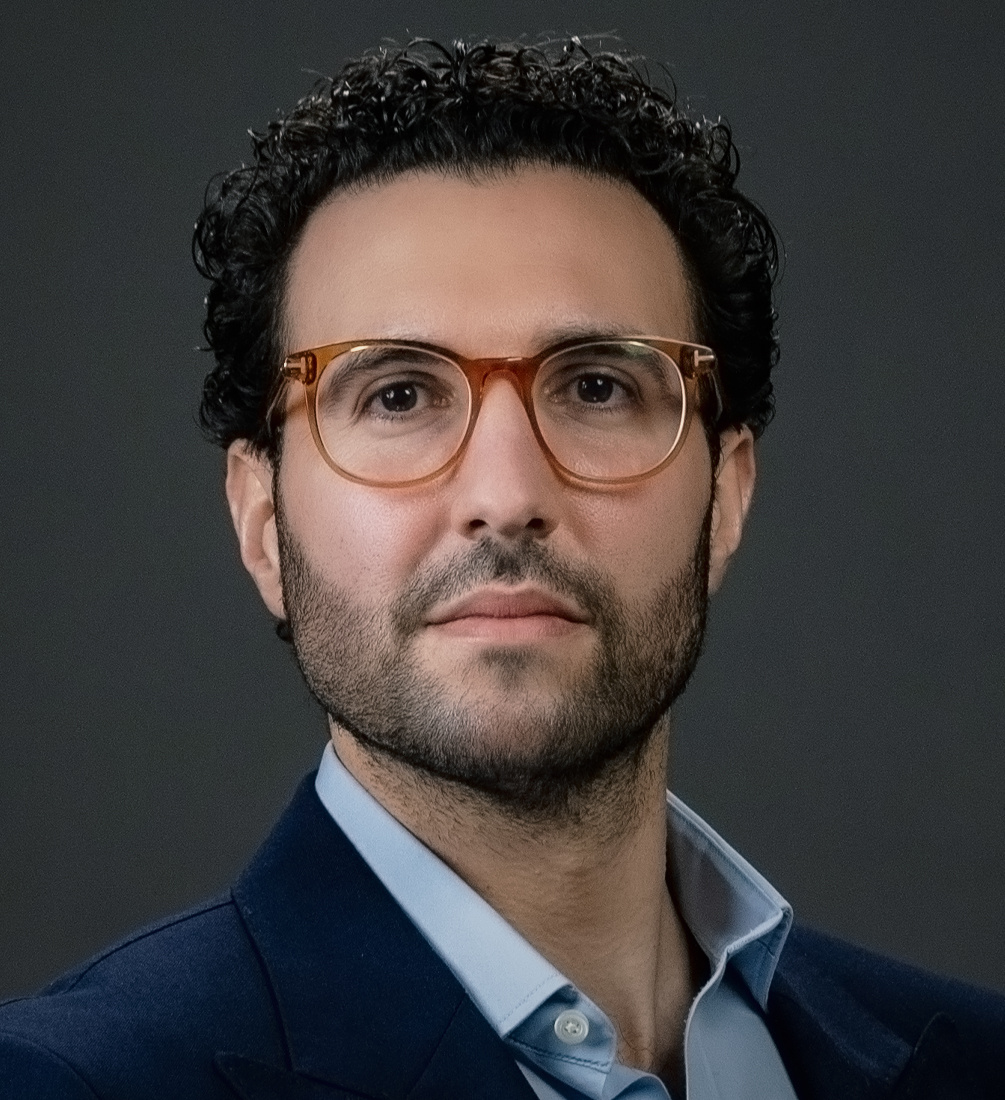As SuperReturn Private Credit Europe & SuperReturn Secondaries Europe 2025 concluded, key themes emerged that are reshaping the landscape of private markets. With institutional capital flows slowing and liquidity pressures mounting, wealth management firms, high-net-worth individuals (HNWIs), and mass affluent investors are becoming a critical source of capital.
Meanwhile, secondaries markets are evolving to address the liquidity crunch, and private credit continues to play an increasingly important role at the intersection of private equity and debt markets.
In this article, we’ll review key takeaways from several sessions at SuperReturn. By the end of this, you’ll have a better understanding of how wealth managers, secondaries investors, and private credit leaders are navigating today’s market challenges.
The Rise of Wealth as a New Source of Capital
One discussion, led by a London based Venture Capital firm, explored the increasing reliance on private wealth as an alternative capital pool. Historically, private equity and private credit have been dominated by institutional investors, with limited access for HNWIs, family offices, and wealth managers. However, as traditional institutional capital slows, a fundamental shift is taking place.
- Private markets are now actively targeting wealth managers and mass affluent investors.
- Nearly 23% of secondary fundraising in 2025 is expected to come from evergreen funds backed by these investors (CAIS-Mercer survey).
- 66% of financial advisors now favor evergreen structures, providing long-term capital stability.
The increasing participation of private wealth in alternative investments is driven by demand for higher yields, greater flexibility, and a desire to diversify away from public markets. Platforms that enable seamless allocation of wealth capital into private markets—without the liquidity constraints of traditional PE funds—are playing a crucial role in facilitating this transition.
For fund managers, this presents both an opportunity and a challenge. Firms that structure their offerings in a way that appeals to wealth managers, whether through open-ended vehicles, lower minimums, or enhanced reporting, will have a competitive advantage in securing capital from this growing segment.
Secondaries: A Lifeline for Liquidity in Private Markets
With IPO markets largely shut and exit timelines extended, secondaries have become a critical liquidity solution. The discussion around secondaries in today’s market emphasized how they are no longer just a niche strategy but a mainstream portfolio management tool.
- LP-led transactions continue to dominate, as institutional investors seek liquidity solutions without sacrificing long-term PE exposure.
- GP-led secondaries, such as continuation funds, are evolving to provide optionality to both LPs and GPs.
- NAV-based lending solutions are gaining traction, enabling funds to unlock liquidity against existing portfolios.
Fund managers that proactively manage liquidity through structured secondaries and continuation vehicles will be better positioned to navigate fundraising challenges. Investors, particularly those from the private wealth space, are showing an increasing preference for flexible structures that allow them to maintain exposure while providing interim liquidity solutions.

The Private Credit Ripple Effect
The intersection of private credit and private equity remains a crucial area of focus. As banks continue to pull back from lending, private credit funds are filling the gap, but with increased selectivity.
- Direct lending remains resilient, but higher borrowing costs are reshaping deal terms.
- NAV lending and preferred equity solutions are becoming essential tools for fund-level liquidity.
- The impact of tighter financial conditions is leading to more creative financing structures, including hybrid debt-equity solutions.
Private credit is now a fundamental part of private market capital structures. The most successful managers are those that can offer flexible, tailored financing solutions that meet the evolving needs of borrowers while balancing risk and return.
Navigating the New Private Markets Era
SuperReturn 2025 highlighted the need for adaptability in private markets. Whether it is leveraging private wealth as a capital source, embracing secondaries for liquidity, or navigating the evolving private credit landscape, fund managers must stay ahead of structural shifts.
For those raising capital, being able to connect with the right investors—whether institutional, wealth managers, or secondaries players—will be a key differentiator in securing commitments. The ability to demonstrate strong liquidity management, alignment with investor preferences, and a clear value proposition will be essential in an increasingly competitive fundraising environment.
How Dakota Marketplace Can Help
Dakota Marketplace provides the most up-to-date global investor intelligence, helping fund managers connect with institutional and wealth investors across North America, Europe, the Middle East, and beyond. With direct access to decision-makers and a platform designed for efficiency, Dakota enables fundraisers to scale their investor outreach and navigate the evolving private markets landscape.
To learn more on how Dakota Marketplace can support your capital-raising efforts, book a demo!




